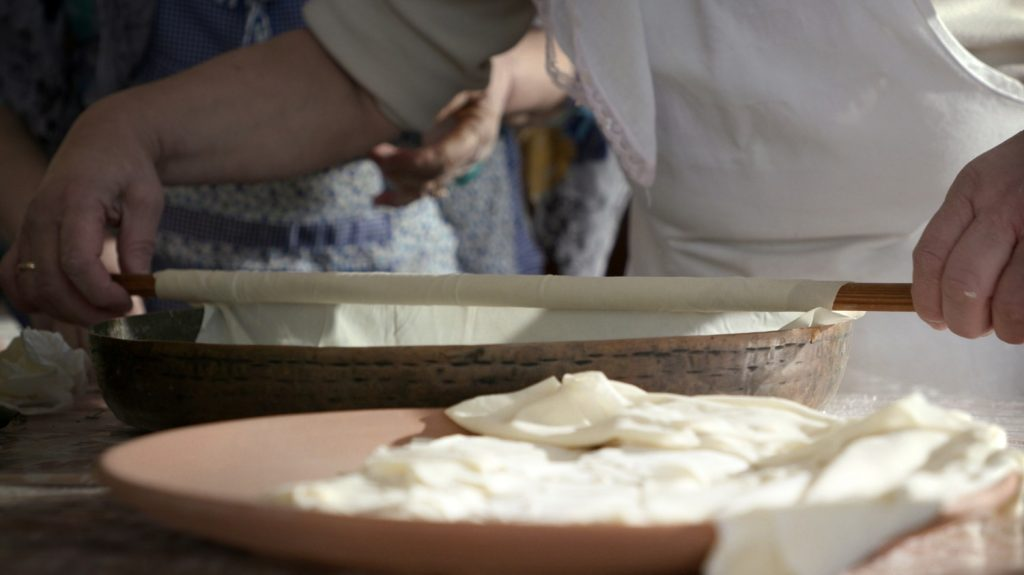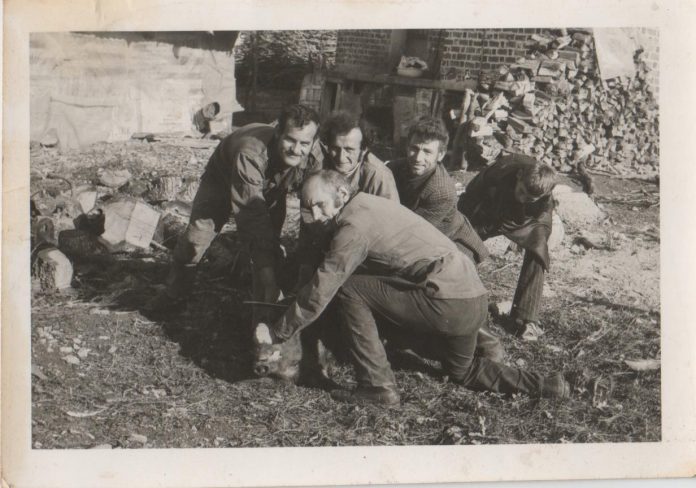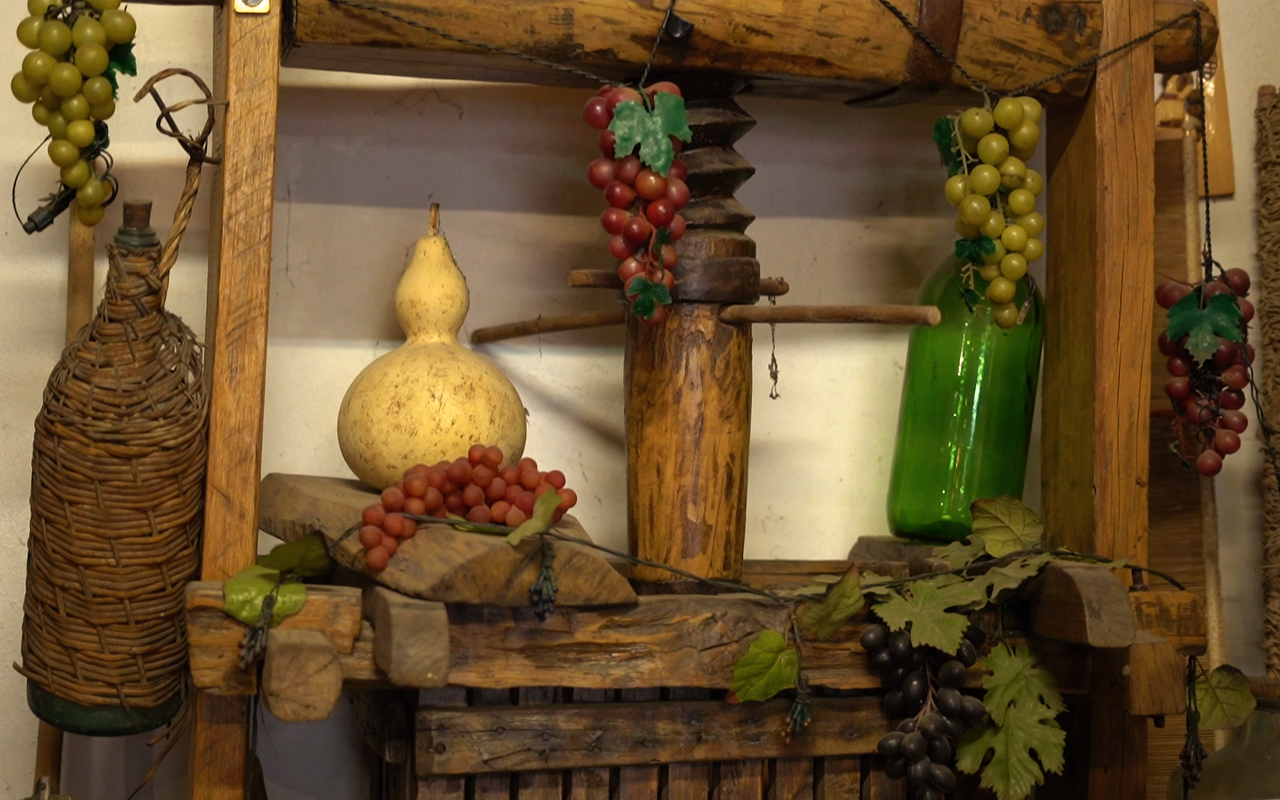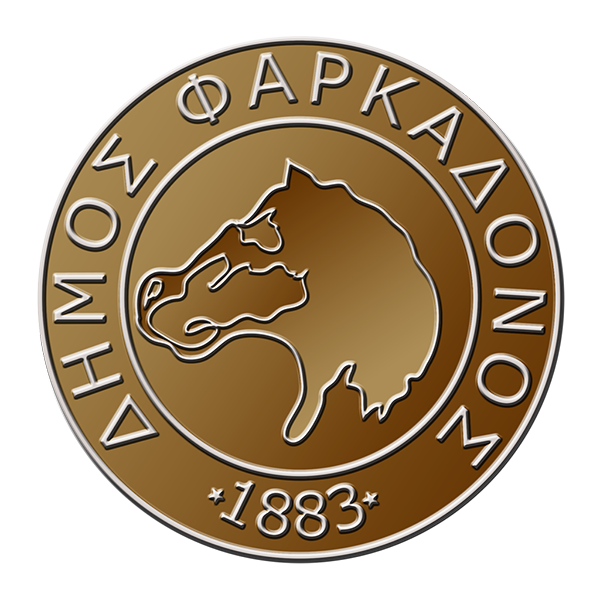Gastronomy is inextricably linked to people’s lives since ancient times. Nutrition was essential for the survival and maintenance of the human body, since from it we get all the nutrients we need. Over time, food added to the status of necessity, enjoyment and taste.
So as gastronomy progresses alongside the evolution of the human species, it contributes to the cultural development of a place. Gastronomy is a characteristic feature of the cultural identity of a place, as it belongs to the intangible cultural heritage. Intangible cultural heritage is special and its preservation is demanding but also important.

Thessalian cuisine
Thessalian cuisine has a huge range of vegetables and fruit trees, as most of the region consists of vast and fertile plains. For this reason, the majority of its population is made up of farmers who grow all kinds of products. Some of these products are
rice, tomatoes, eggplants, beans, onions and garlic. In addition, an important addition to the cuisine of the region is hunting, more specifically wild boar and deer.
In addition, due to the valleys, the production of wheat is favored, as the wide variety of vegetables is also justified. Also a very special product that us
Thessaly offers is the butter from sheep and goats. A good, which we do not find easily in recent years, although in this area its presence is evident as in other geographical areas of the north, Epirus for example.
This environment is also suitable for raising animals, such as cows, and this is the reason for the existence of many livestock units. The locals use in their cooking ingredients that come from and pre-exist in their natural environment, such as mushrooms, chestnuts, walnuts, fern and many herbs.
Finally, the cuisine is also influenced by the traditions of the Vlachs and the Sarakatsans. In addition, it has elements from the gastronomy of the Hassiotes and the Antichasiotes who are mountain people, as well as the Karagounis, who are the people who live mainly in the plains and near the sea.
Indicative local recipes: Wild boar with quinces, braised deer, spetsofai, stuffed pumpkin flowers, fried leeks.
Traditional pies
Traditional pies are a big chapter of the local cuisine. Many and different treatments of the dough give a wide variety of leaves, sometimes thin and transparent and sometimes coarse and richer. With these doughs, the Greek imagination created an endless number of flavor combinations. Pies salty, with cheese, greens, meat, or sweet, with milk, with rice, with cinnamon and with yogurt, the creations are endless. Every corner of Greece makes its own pies, in the oven or in the pan. It is the necessary accompaniment to the rich table and the pride of every local cuisine.
Among the many types of pies made in Thessaly, the dominant position is occupied by plasto, a pie-symbol of Thessaly. It is a vegetable pie where the leaves are replaced by a porridge made with coarse cornmeal and water, in various densities depending on whether the porridge forms the base or the crust of the pie, while the “filling” contains a mixture of wild and tame seasonal herbs.
In some places the fake is also called banjara. It is also called poor pie, because it is the pie of economy and austerity. The housewife tries to feed the family without wasting a lot of materials. Although it requires skill and experience, many housewives also call it lazy pie or lazy pie, because they do not have to open a sheet, which is a time-consuming job. There are no exact proportions for the preparation of the counterfeit. The housewife determines the quantities “by eye” and experience, depending on the portions she wants to make and the available ingredients.

Gouronohara
One of the most important culinary Christmas customs in many areas of Farkadona and Thessaly in general is gourounochara or grounouchara.
It is said that the families bought the pig from the month of May and preserved it with pumpkins and bran, in water, or in the river. The pig was essential for a farm house, as the pig was used for fat, meat, sausages and made into pigskin. It was a shame for that house, which didn’t have a pig, as it was considered poor, poor and homeless.
The preparation for slaughtering the pig was done with great care, 5-6 men were required for each slaughter of a large pig, followed by feasting until dawn, to repeat the same process the next day and the day after. Families, usually related, would take turns determining which day their pig would be slaughtered.
But because all the work had as a consequence the feast and the joy, that is why this day was established as “pigs’ day or pig’s day”. In fact, when they invited someone on this day, they didn’t say “come let’s slaughter the pig”, but “come, we have a pig feast”. The slaughtering of the pigs did not coincide with the same dates by region. In other areas they slaughtered them 5-6 days before Christmas and in others they started from Christmas day onwards, depending on the company. Most pigs were slaughtered on December 27, Saint Stephen’s Day. That is why this celebration was called “pig crown” or “pig crown”. But there are also small areas where they were slaughtered a month or more after Christmas.
According to the custom, a housewife would give a small amount of burning ashes and incense to the butcher, who, after incensing the workers and everyone else, so that they would have the blessing of Christ and the goblins would disappear, would throw the ashes with the incense down the pig’s neck , that his meat may be blessed and good. Another took some blood and smeared it on the face of the little children so that they would be strong, resistant to fleas, diseases, and not affected by evil spirits. The men then skinned the pig, and the skin, after salting it, folded it in four and kept it to make the pigskin for their summer jobs.
After the scraping, the cutting of the fat (pastu) began, and then the meat was cut into small pieces. This fat, after first being melted, was put into containers of oil or petroleum and after freezing, it was preserved almost all year round. The inhabitants of Farkadona used it all year round and in almost all foods. There were even cases when many did not replace it with anything. Even in the summer they used fat in their food, because they considered it their own production and therefore cheap, in contrast to oil which they bought half or an ounce to last a month or two. Also, many poor families did not buy oil at all and did not even know what color it was.
Afterwards, they cut the meat and placed the salted pieces in bricks, which they had for food almost all winter and cooked with trachana and semolina. They also made sausages and cut the leeks into small pieces and had them ready to fill the sausages. After eating, the men would cut the meat on the board with scissors, which they would mix with the grated leeks and put in a copper pot and heat them up, after adding oregano, pepper and salt at the same time. The sausages were then passed over a wooden beam and hung to dry.
It was almost noon now. The board was ready for the food, with local wine. They drank tsipouro during work hours.
Then the men left for their homes, but in the evening they returned to the householder’s house to eat and feast, to rejoice and enjoy the fruits of their labor. The women had the food ready, such as pies – usually with cheese – boiled bones, grilled meat and plenty of wine from the vineyard. At midnight and after many songs and joy, as well as wishes to the householder, they left for their homes.
Today the custom is still observed in many villages of Thessaly. In the cities, however, it is celebrated in the squares of the districts, with events of joy and revelry, offering plenty of wine and roasted pork.

Tsipouro and wine
Thessaly is located in the heart of central Greece and has always been one of the commercial and cultural hubs of the country. The region’s economy is based primarily on agriculture, with the majority of agricultural land being devoted to non-vine crops such as grain and cotton. Viticulture is not widespread because the above products are more profitable. The best vineyards grow on hillsides at the borders of the region, where the grapes are qualitatively superior to those grown in the heavy and organically rich soils of the Thessalian plain. Water is plentiful since many rivers, most notably the Pinios, are used for irrigation, and the snow on the nearby mountains does not melt until late spring. High yields are not unusual in the vineyards of the Thessalian plain.
The years have passed, but in the wider area, there is still today a significant number of bream producers, who even follow the traditional way. Faithful to the values and instructions received from their ancestors, they continue the production of tsipouro in the cauldrons, preserving its original taste. Every year, as soon as the distillation is completed, big parties are set up, with the producers having fun with their souls.
The vineyards of Farkadona are mainly located near the borders of the plain and especially on mountain slopes. The presence of mountains creates a protective shield against winds blowing from all directions, and traps moisture at lower elevations, encouraging, however, the emergence of diseases caused by harmful fungi. The main varieties are white (Assyrtiko, Roditis, Savvatiano, Batiki, Chardonnay and Sauvignon Blanc) and red (Limnio, Limniona, Cabernet Sauvignon, Syrah).


